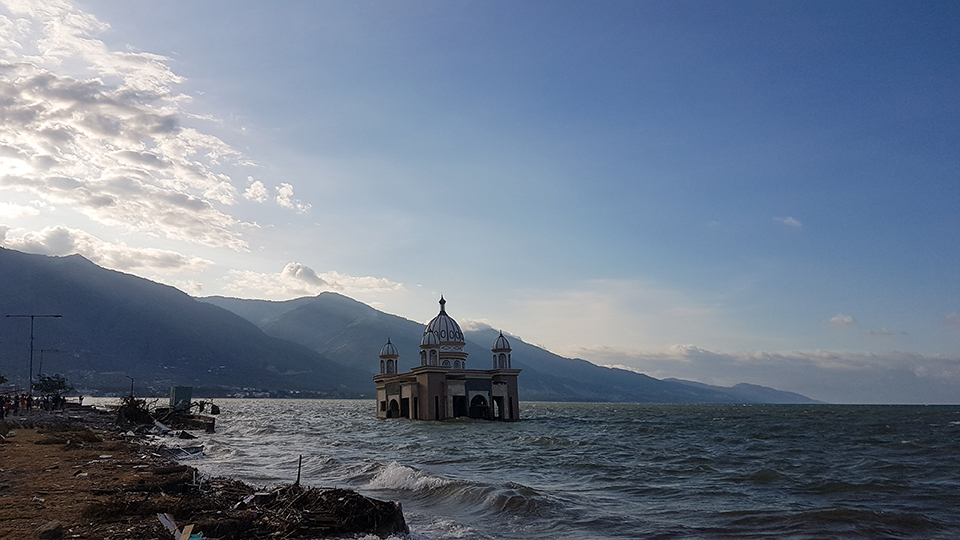
Picture courtesy of amintakilawan.com/
Aminta is a community organizer, activist, writer, and singer born in New York. In 2013, Aminta co-founded Sadhana: Coalition of Progressive Hindus, a New York State non-profit organization committed to promoting social justice through the values at the heart of the Hindu faith. Through Sadhana, Aminta has worked closely with the Queens-based Indo-Caribbean population to promote environmentally friendly worship practices, particularly at Jamaica Bay Wildlife Sanctuary. Aminta has also been a spirited bhajan and Hindi film song singer since the tender age of 9. In 2015, in an effort to increase civic engagement and political awareness in her community, Aminta began writing a column for her local newspaper, The West Indian.
Aminta received a Bachelor of Arts in Political Science from Fordham College at Lincoln Center in 2010. She received her Juris Doctor from Fordham Law School in 2013. After graduating from law school, Aminta served as a New York State Public Service Excelsior Fellow under New York State Governor Andrew Cuomo. While she originally thought she’d become a trial lawyer, she found her true calling in policy-making. She is a Senior Legislative Counsel for the New York City legislature. In her capacity at the New York City Council, Aminta drafts and negotiates legislation spanning from areas such as women’s rights, poverty, housing and homelessness, and child welfare. Aminta is admitted to practice in the New York State Bar.
Aminta’s photo, “Shiva, the God of Destruction, Destroyed,” won third place in the Religion and Environment photography contest. Aminta stated, “Hindus have worshipped at the banks of Ganges and the shores of other bodies of water for centuries. Jamaica Bay is basically a closed system, so whatever lands in its waters stays until it is removed. The Ganges and many other bodies of water have become polluted by the use of many user groups. The Ganges, one of the major rivers of India, also known as Ganga Maa, is said to have made her abode in Shiva’s matted hair in order to prevent the destruction of Prithvi (Mother Earth). The flow of the Ganges also represents the nectar of immortality. Shiva is regarded as “the Destroyer” among the Trimurti, the Hindu Trinity of the primary aspects of the divine. He is also regarded as the patron god of yoga and the arts. Here, Shiva is found broken in the sands of Jamaica Bay, during a cleanup organized by the photographer, Aminta Kilawan-Narine and her husband Rohan Narine.”












